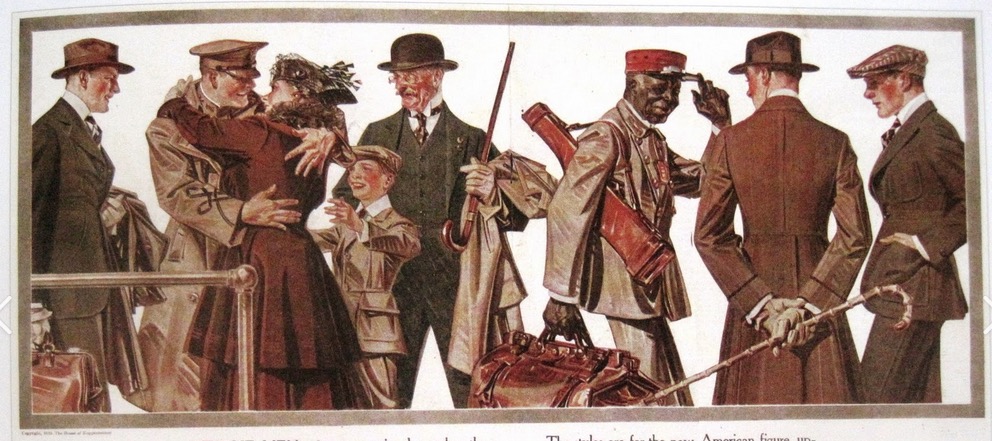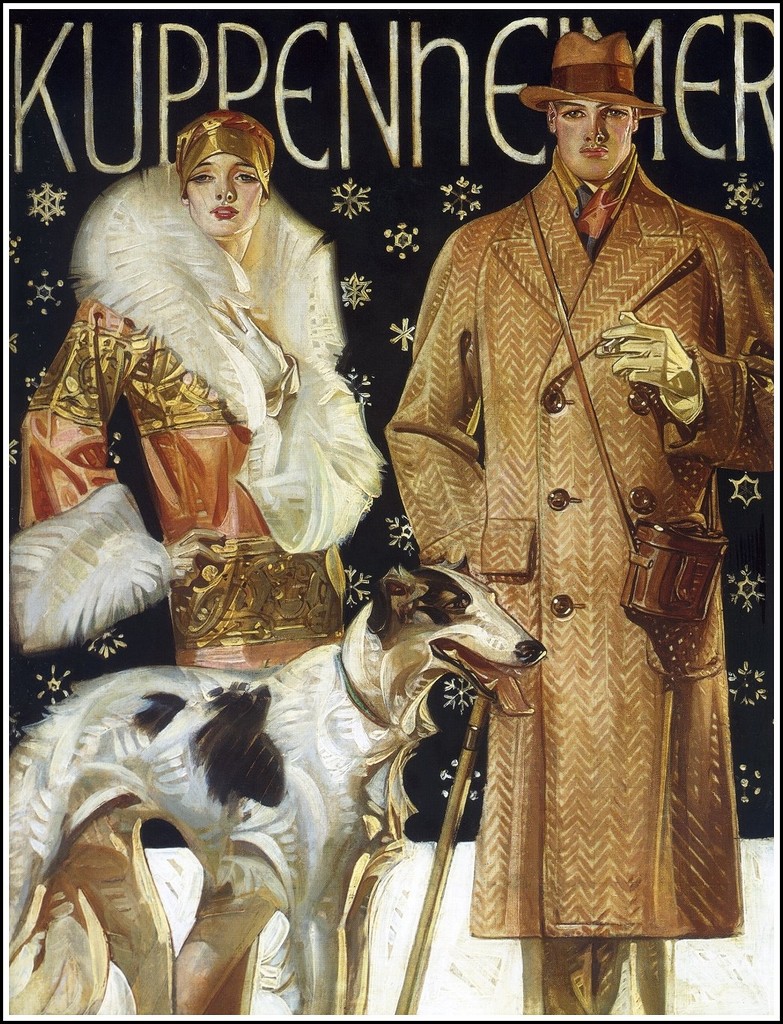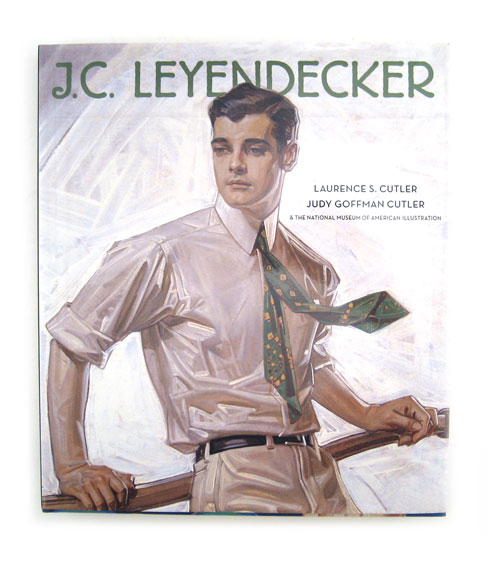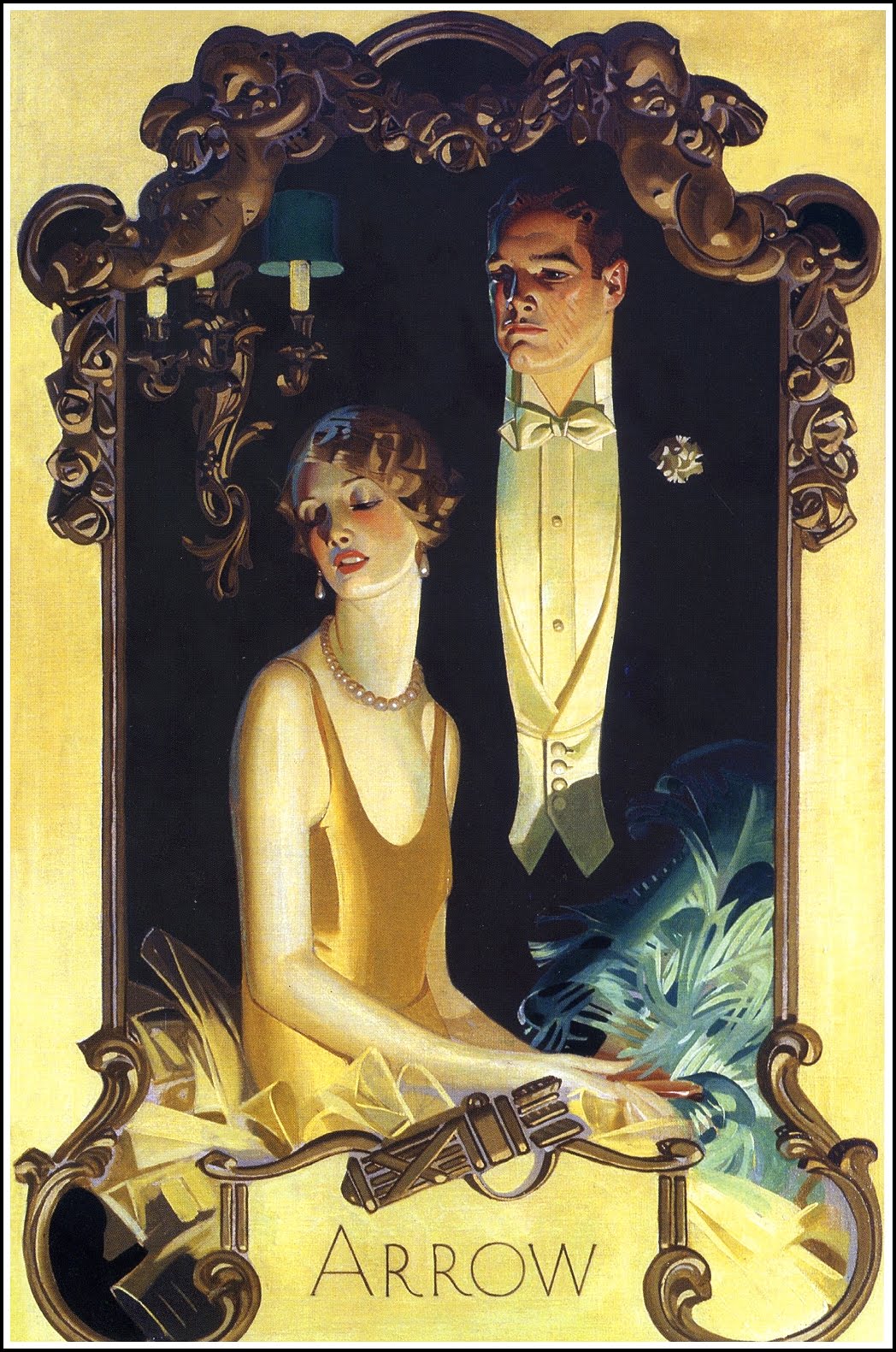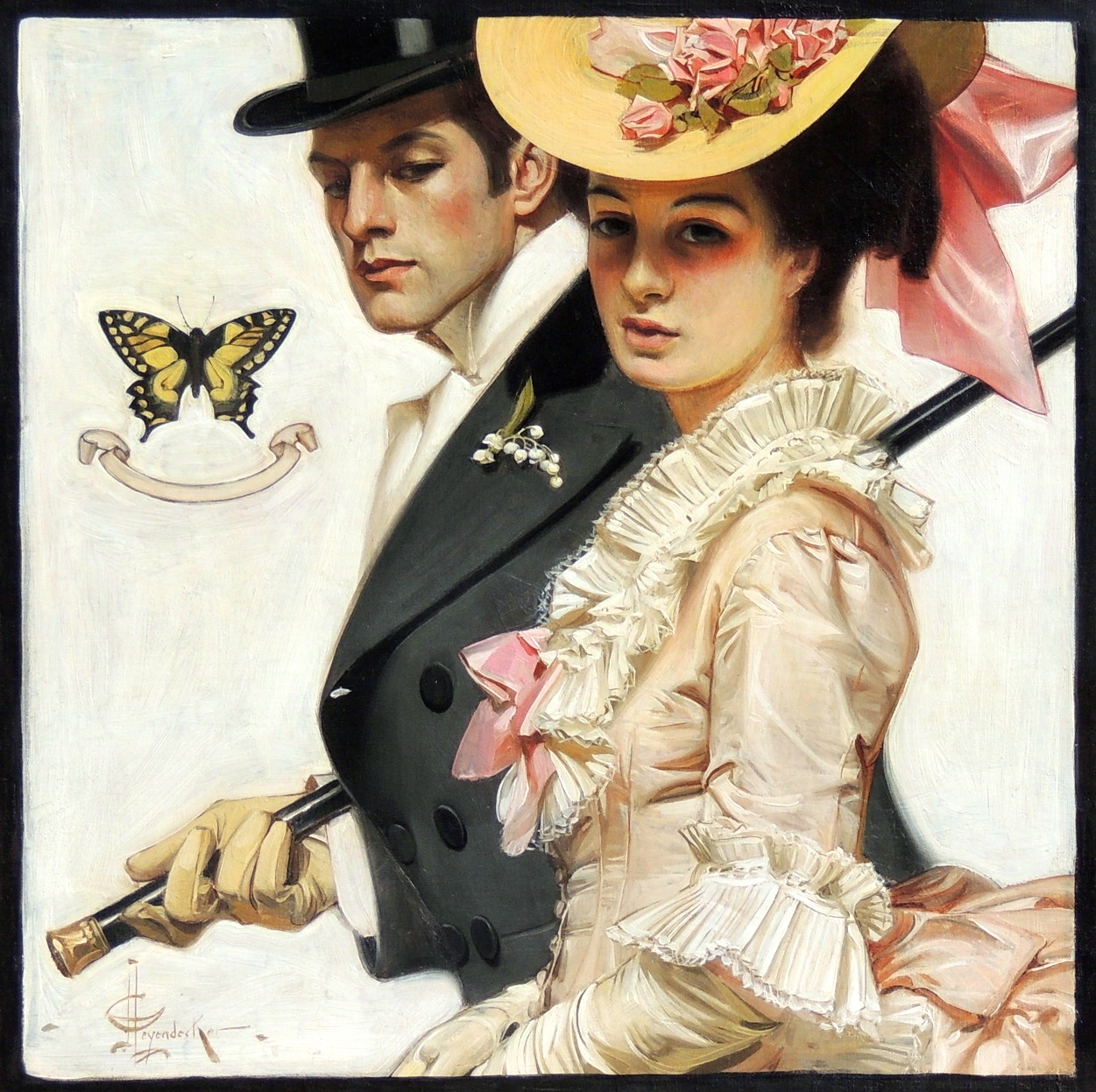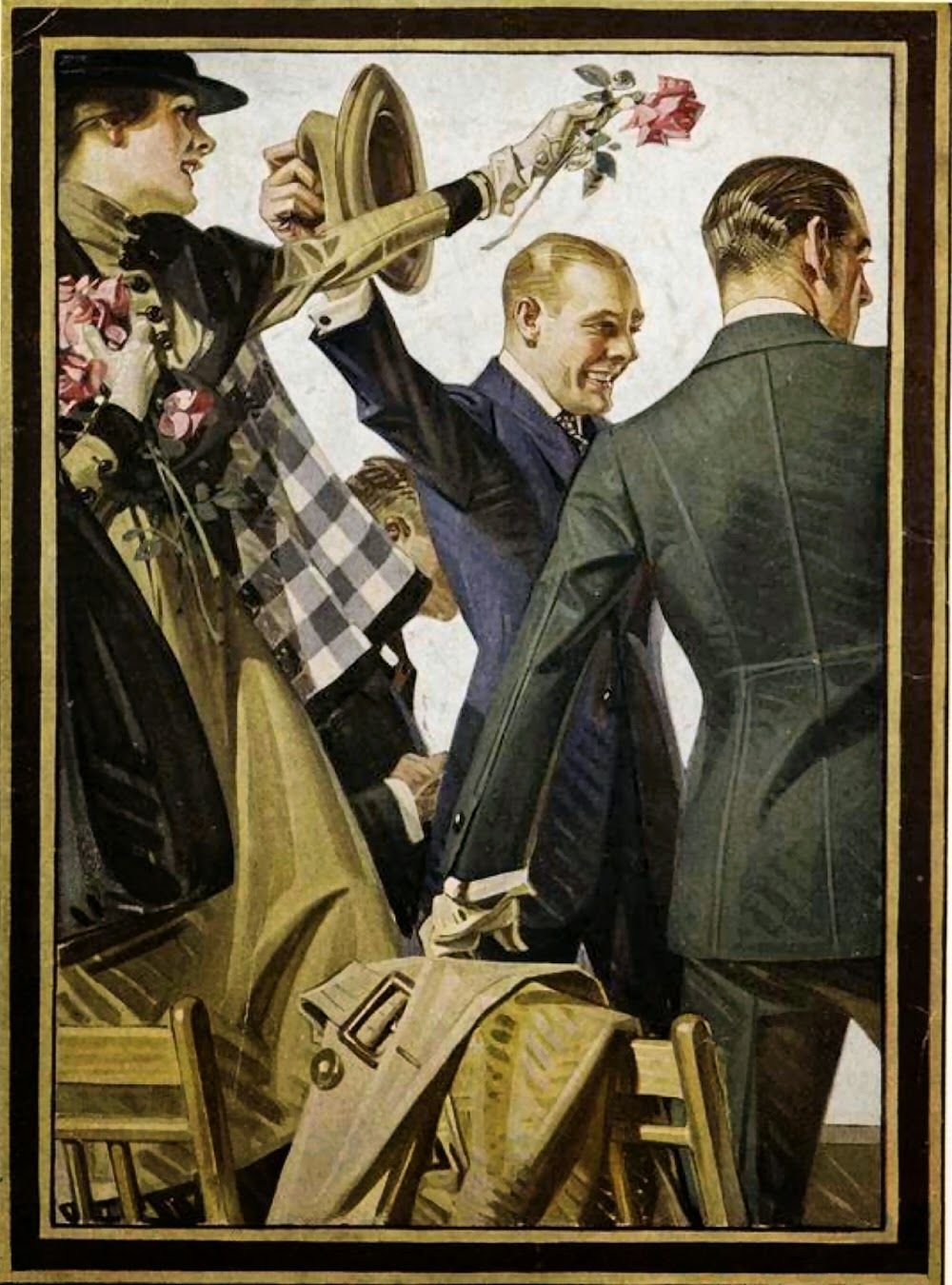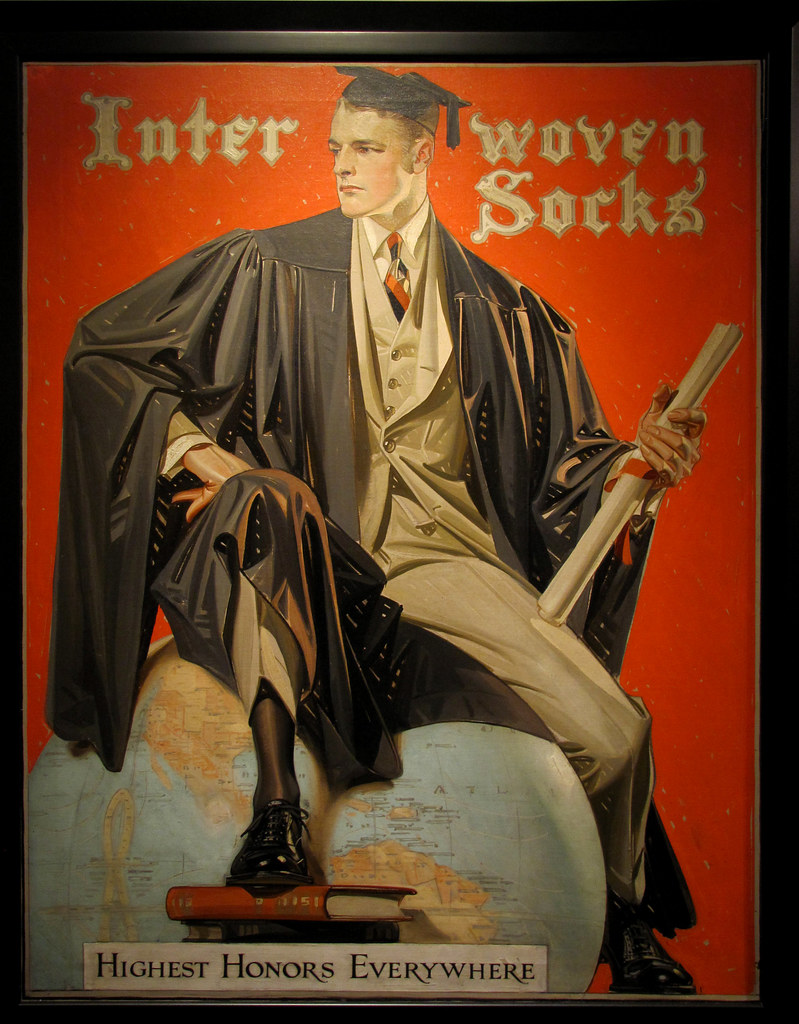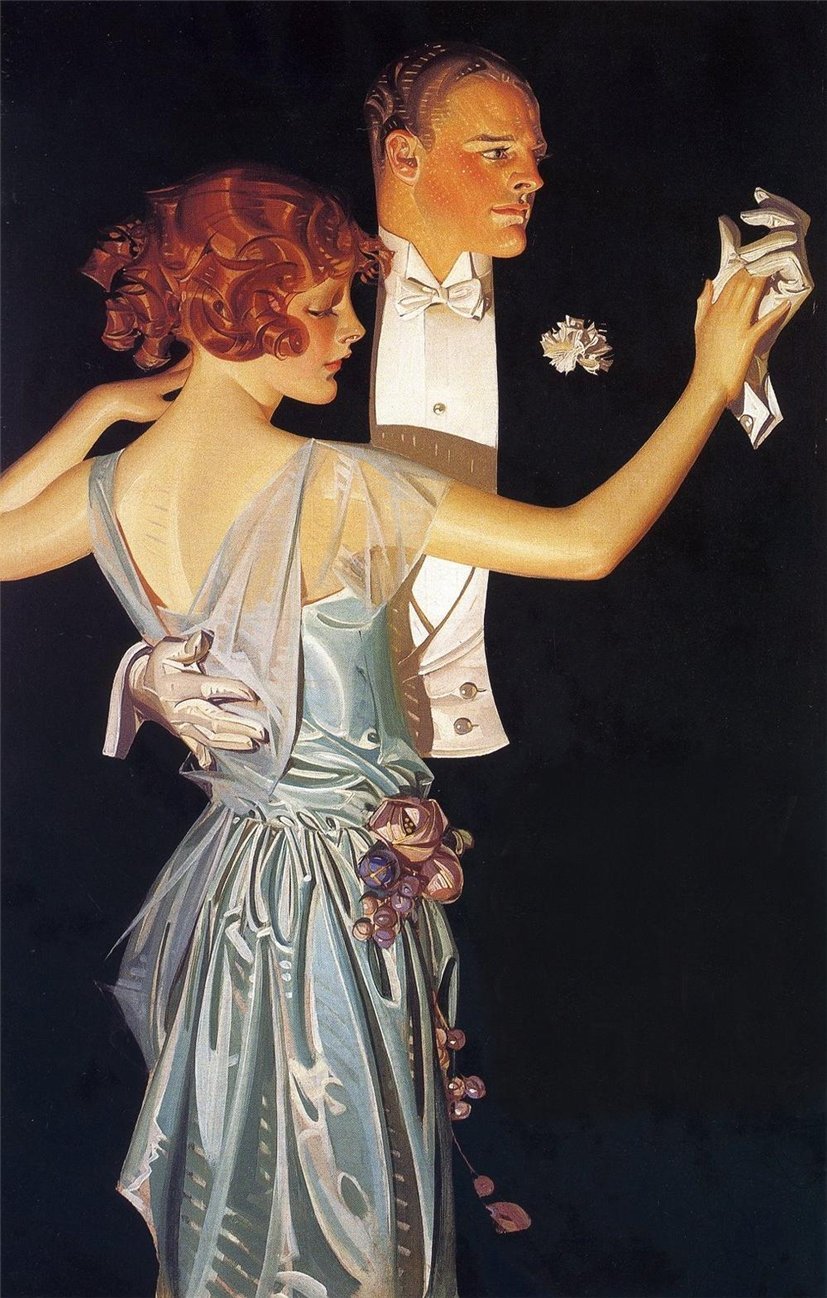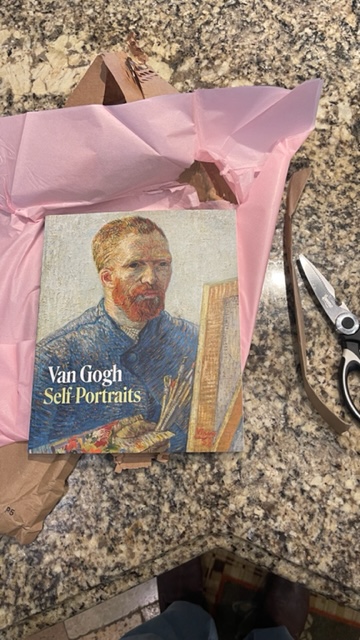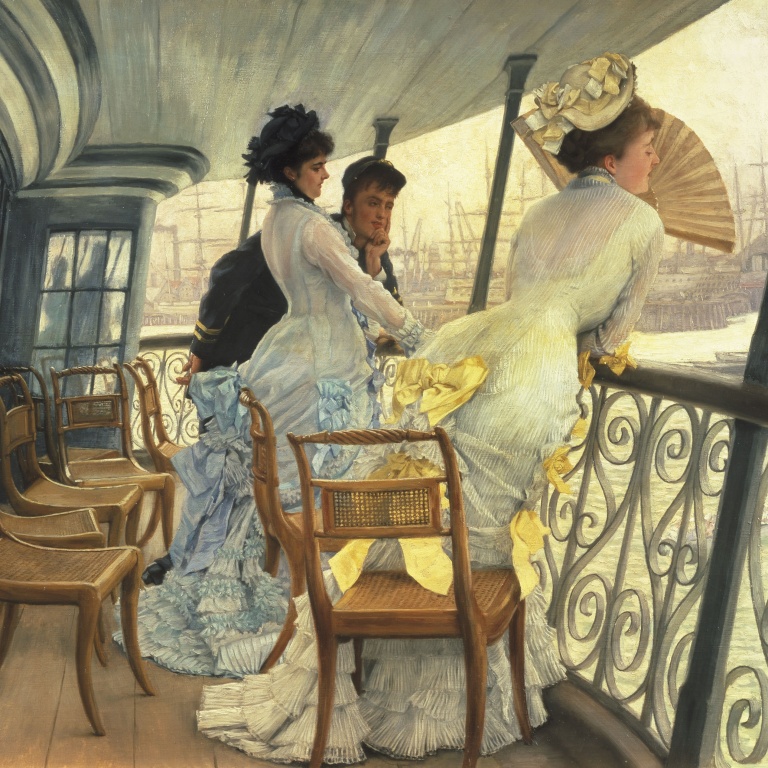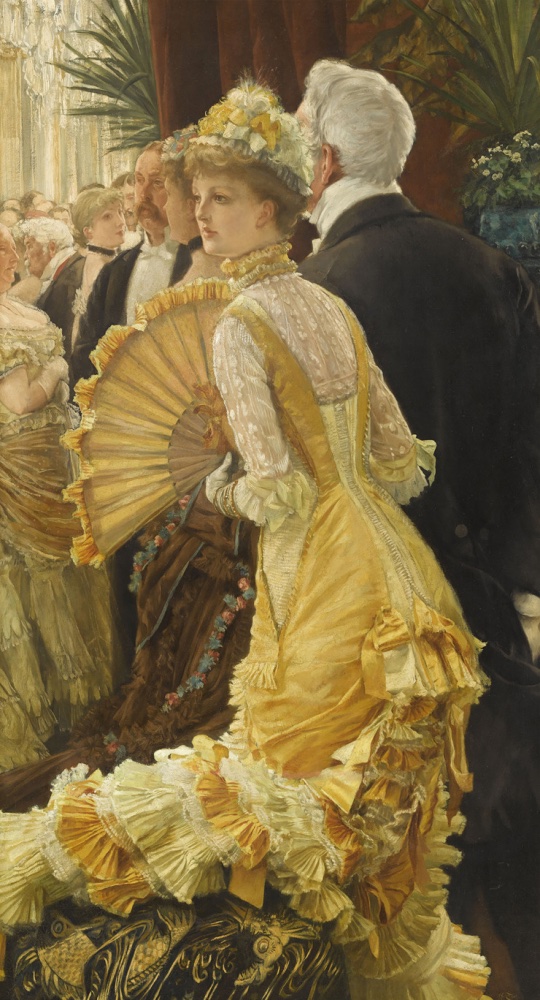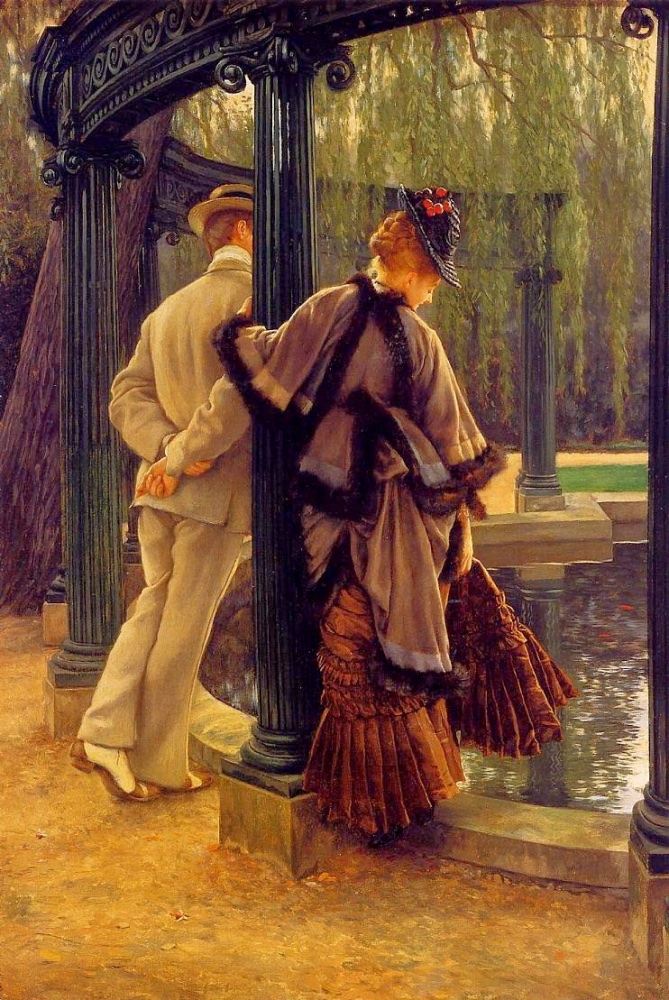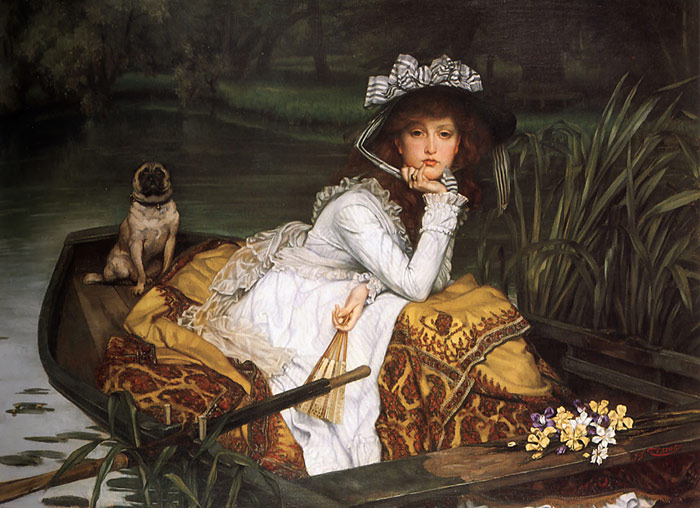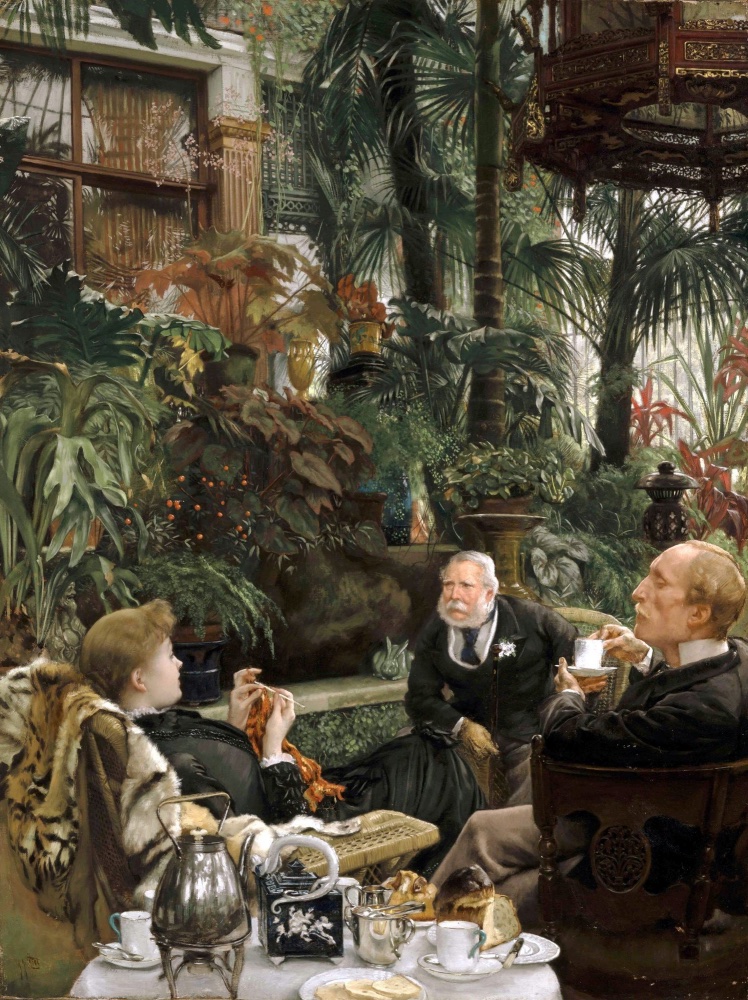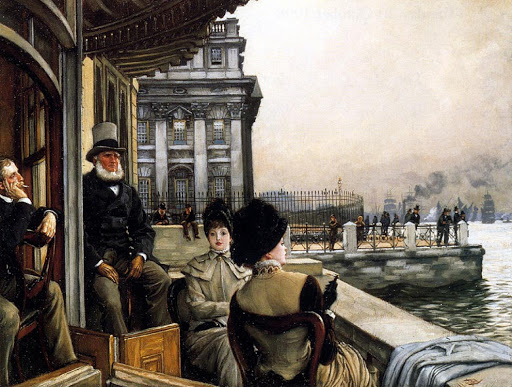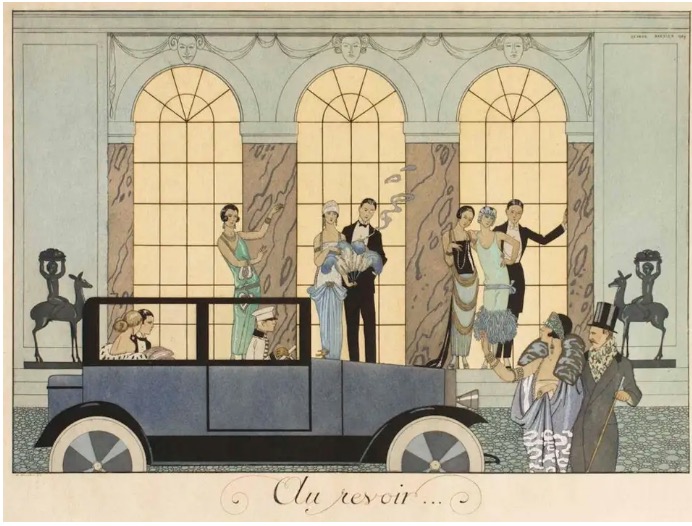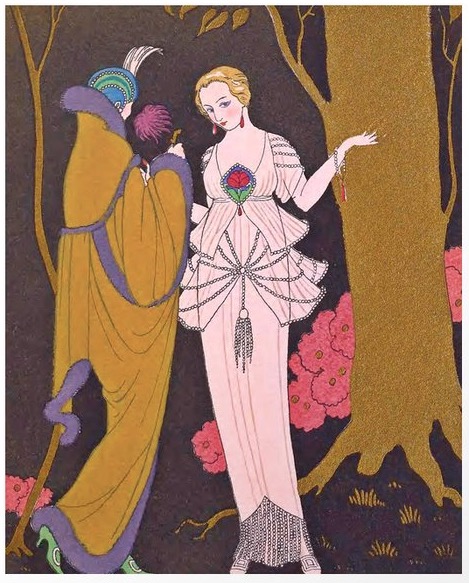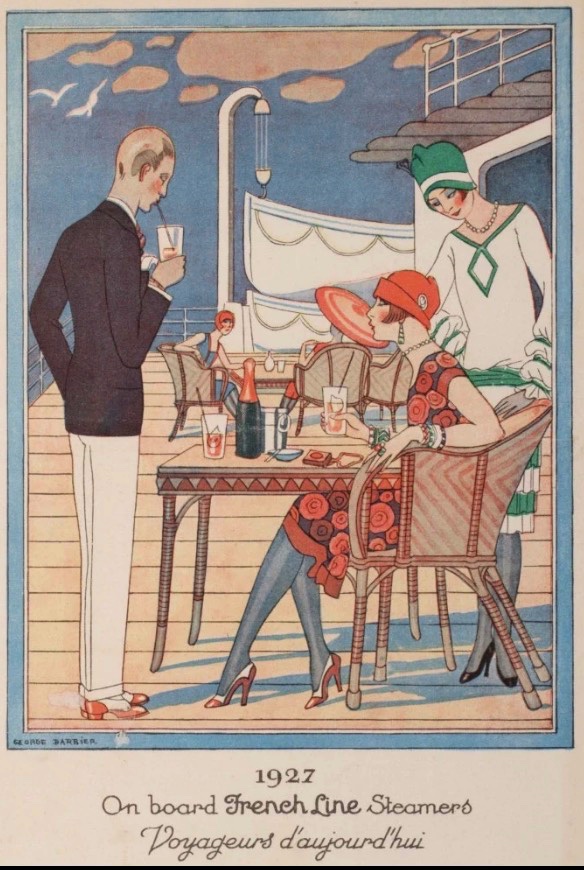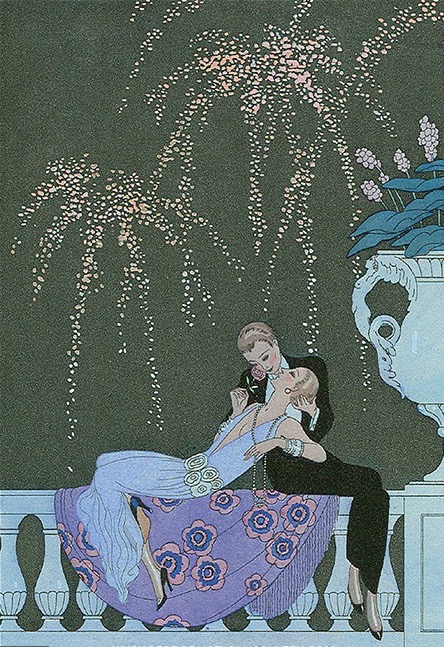Steam train painting master.
Ask me which photography book I would choose if I could only have one and the answer has been unchanged for decades. It’s O. Winston Link’s (1914-2001) Steam, Steel and Stars. A masterpiece of nostalgia, composition and technique, it’s so good that I own two copies, the lighter paperback joining me on my travels:

Everyone should have two.
But a photographer can only go with what is there. Yes, he can change the lighting and composition but he does not have the creative freedom afforded a painter whose limits are those of his imagination. And if you want something of the same caliber as Link’s photographs on a canvas the only choice is the work of Terence Cuneo (1907-96).
High drama is a given in his moving train canvases:
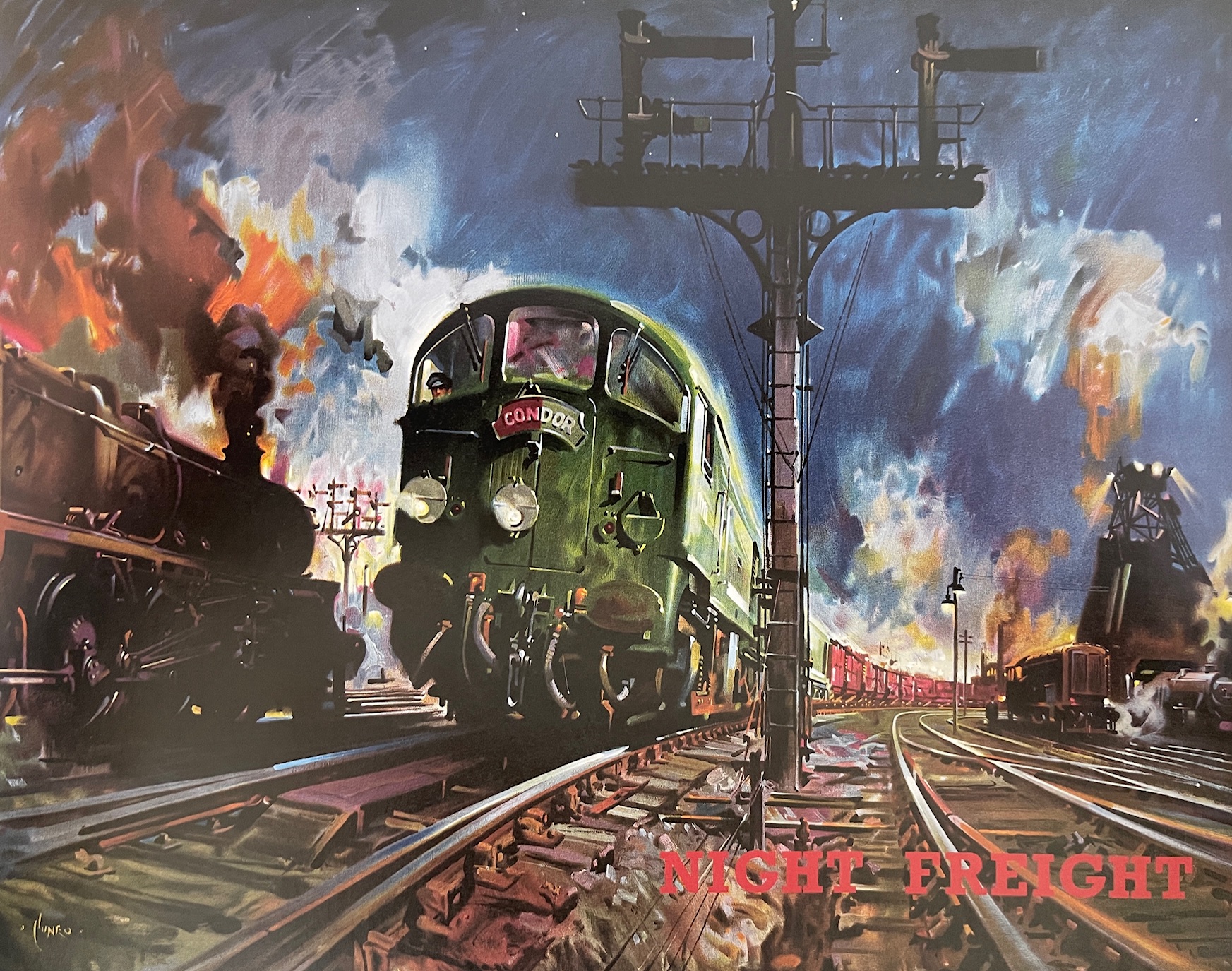
High drama.
Yet the more mundane images are no less powerful and nostalgic:
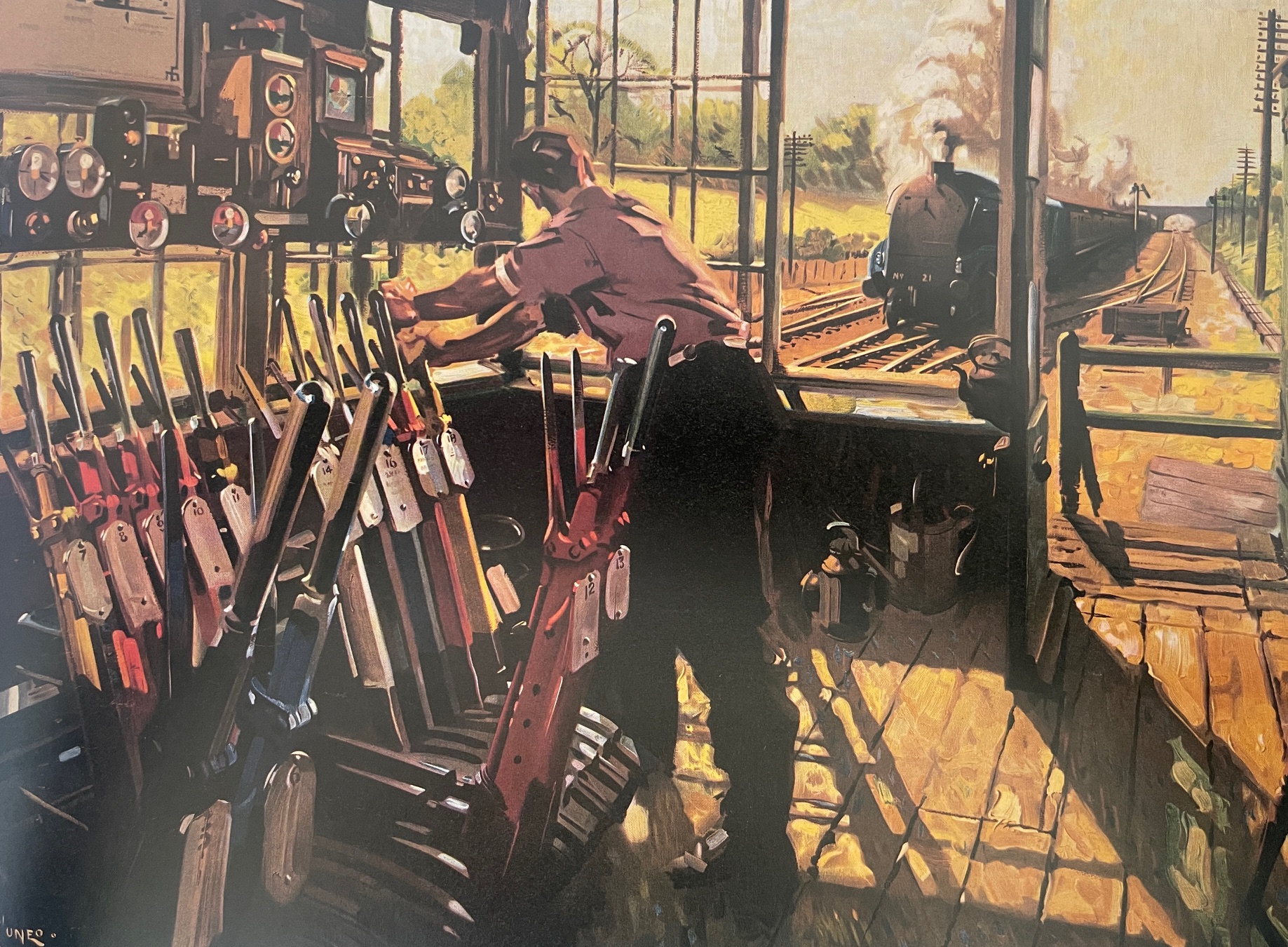
The signalman.
Cuneo would generally make pen and ink sketches first and completed many commissions for British Railways. In this example, where the cab is being lowered onto the wheels and chassis, he arrived too late. Because he was well known by the operators it was a moment’s work for them to raise the cab so he could complete his sketch:
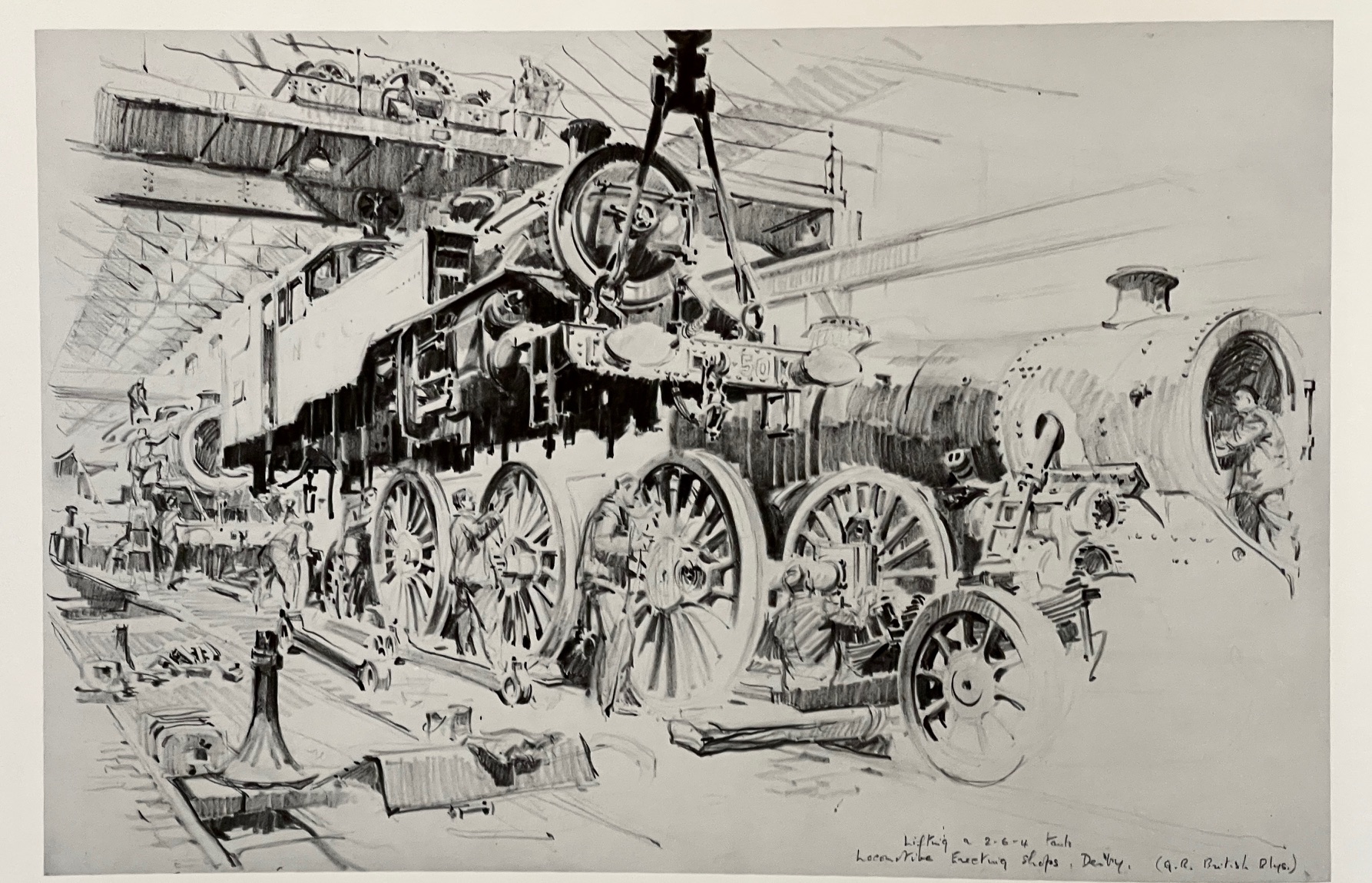
Preliminary sketch.
And then, Boom!, an absolute masterpiece:
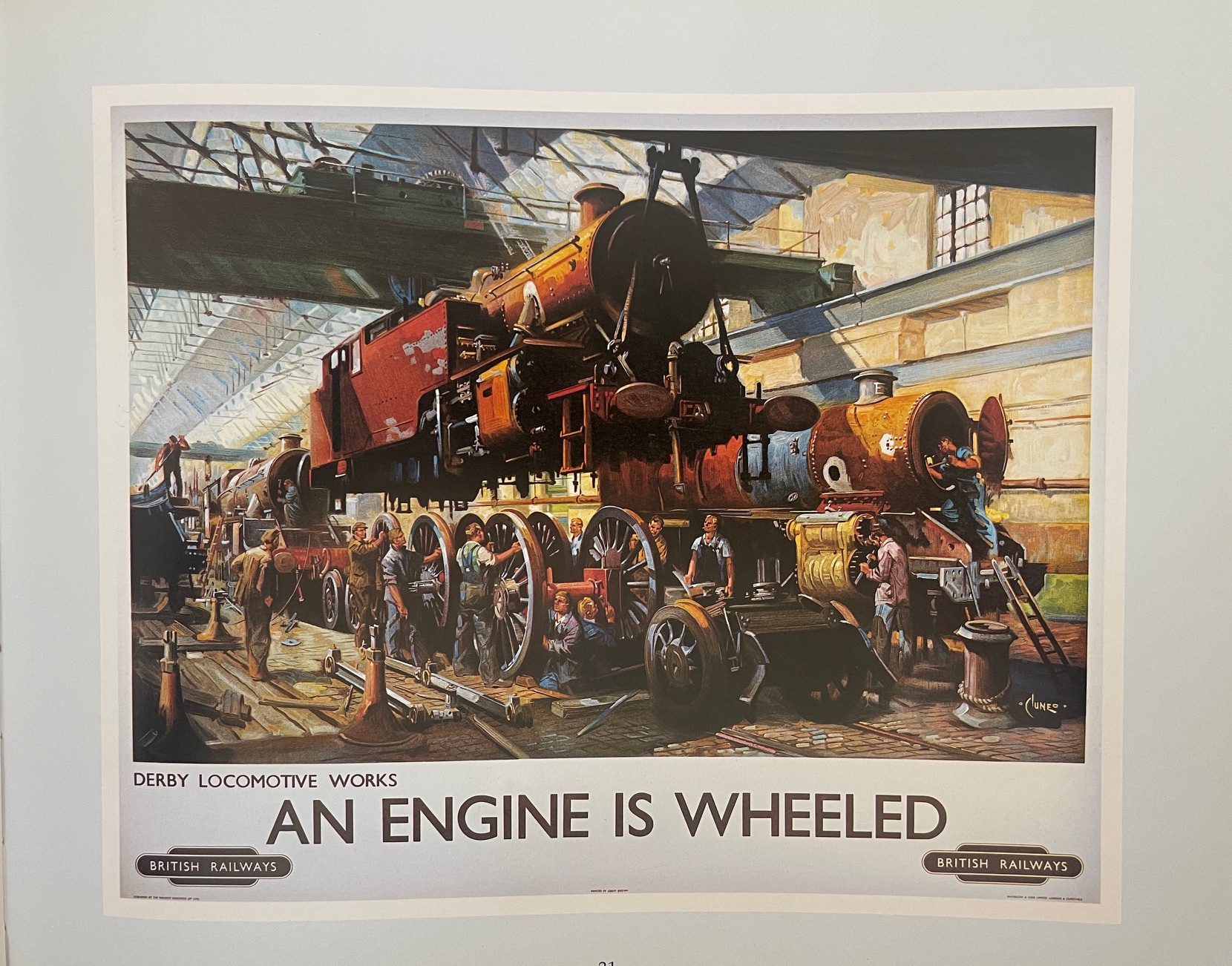
An Engine is Wheeled.
Imagine an advertising campaign today with this ‘backroom’ approach? Pictures of Chinese slave labor assembling iPhones? I don’t think so.
And if you desire Impressionist genius, Cuneo is happy to oblige, as in this image on the Orient Express:

Impressionism on the Orient Express.
These images are from a splendid book titled ‘Terence Cuneo: Railway Painter of the Century‘. It’s long out of print but available from used sellers and the quality of the printing on very thick stock does justice to Cuneo’s canvases.
